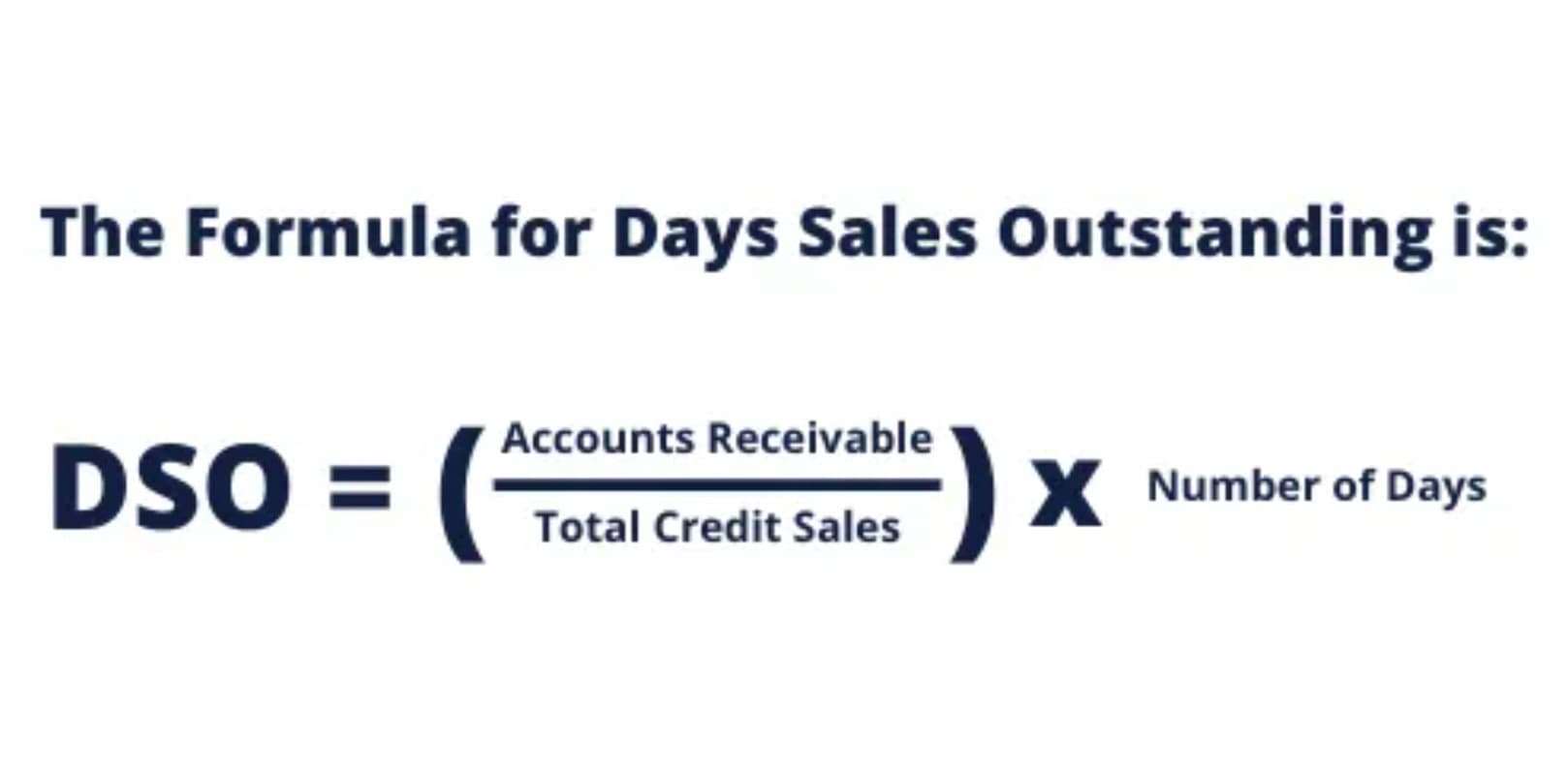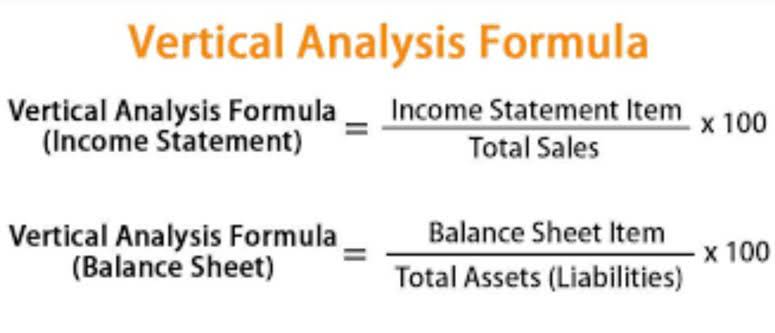
A pre-determined overhead rate is normally the term when using a single, plant-wide base to calculate and apply overhead. Overhead is then applied by multiplying the pre-determined overhead rate by the actual driver units. Any difference between applied overhead and the Cash Flow Management for Small Businesses amount of overhead actually incurred is called over- or under-applied overhead.
- It’s because it’s an estimated rate and can be predicted at the start of the project.
- Complex overhead absorption is when multiple absorptions are required to allocate the cost of the support function.
- So, the cost of a product in one period may not reflect the cost in another period—for instance, the cost of freezing fish increases in the summer and lowers in the winter.
- If the absorbed cost is more than the actual cost, an adjusting entry is passed to reduce the expenses.
- For instance, a business with a labor incentive environment absorbs the overhead cost with the labor hours.
- Once an overhead rate is calculated using the given formula, it’s absorbed in the cost card of the business using the actual level of the activity.
Basis

It’s called predetermined because both of the figures used in the process are budgeted. The first step is to estimate total overheads to be incurred by the business. This can be best estimated by obtaining a break-up of the last year’s actual cost and incorporating seasonal effects of the current period. It’s also important to note that budgeted figures in calculating overhead rates are used due to seasonal fluctuation/expected changes in the external environment.
- For instance, kitchen expenses first need to be allocated to the procurement department (a support department).
- To avoid such fluctuations, actual overhead rates could be computed on an annual or less-frequent basis.
- These expenses include direct material, direct labour, direct overheads, and indirect overheads etc.
- The business is labor-intensive, and the total hours for the period are estimated to be 10,000.
Assess the level of activity

On the other hand, the business with the machine incentive environment absorbs overhead based on the machine hours. However, the problem with absorption/traditional costing is that we have to ignore individual absorption bases and absorb all overheads using a single level of activity. Hence, this is a compromise on the accuracy of the overall allocation process. On the other hand, the ABC system is more complex and requires extensive administrative work. If the business used the traditional costing/absorption costing system, the total overheads amounting to $26,000 will be absorbed using labor hours. This is related to an activity rate which is a similar calculation used in activity-based costing.

Predetermined Overhead Rate (Definition, Example, Formula, and Calculation)
For example, the costs of heating and cooling a factory in Illinois will be highest in the winter and summer months and lowest in the spring and fall. As a result, two identical jobs, one completed in the winter and one completed in the spring, would be assigned different manufacturing overhead costs. To avoid such fluctuations, actual overhead rates could be computed on an annual or less-frequent basis.

The business is labor-intensive, and the total hours for the period are estimated to be 10,000. Detailed cost analysis helps to estimate the a single predetermined overhead rate is called a(n) overhead rate cost of overheads with accuracy. Further, customized input from different departments can be obtained to enhance the accuracy of the budget. On the other hand, if the business wants to use actual overheads, it has to wait for the end of the month and get invoices in hand.
So, it may not be a good idea with perspective to effective business management. Suppose following are the details Accounting Periods and Methods regarding indirect expenses of the business.
Income Statement Under Absorption Costing? (All You Need to Know)

So, it’s advisable to use different absorption bases for the costing in terms of accuracy. It’s a completely estimated amount that changes with the change in the level of activity. However, if there is a difference in the total overheads absorbed in the cost card, the difference is accounted for in the financial statement. Complex overhead absorption is when multiple absorptions are required to allocate the cost of the support function. For instance, kitchen expenses first need to be allocated to the procurement department (a support department).
In recent years increased automation in manufacturing operations has resulted in a trend towards machine hours as the activity base in the calculation. Implementation of ABC requires identification and record maintenance for various overheads. This record maintenance and cost monitoring is expected to increase the administrative cost.
